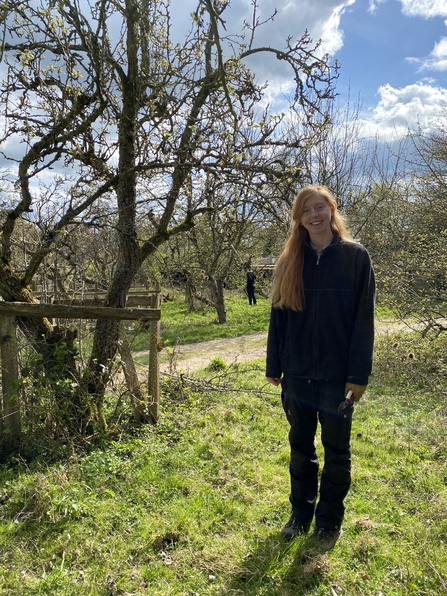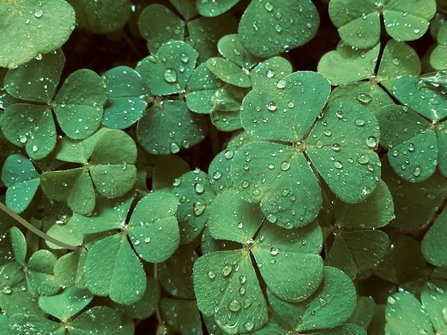Anna Daniels is a Senior Reserves Officer at the Trust and enjoys the diverse range of habitats she works to protect. She is particularly interested in birds, trees and botany.
Here, Anna takes us on a stroll around Old Park Wood Nature Reserve, an ancient woodland, which sits on the Hertfordshire and Middlesex border, a stone’s throw from Harefield Hospital. Let’s go on a wander with her and find out more about its management and the wildlife that thrives here.






